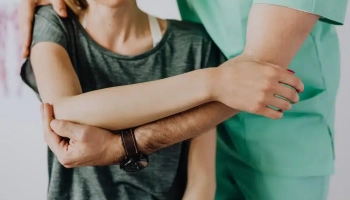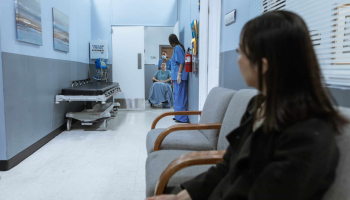Named after the German Surgeon Friedrich Trendenberg(1844-1924), the term trendenberg features a lot when talking about hospital beds. The trendenberg position is placing a patients body in a flat position such that the head is lower than the feet at a 15-30 degrees. The reverse trendenberg is the opposite of this where the head would be higher than the feet.
The trendenberg position has been used in for specialty patients ICU centers as well as for treating patients with shock or who have complained of hypotension.
Functions of the trendenberg position
When it was first introduced, the German surgeon was trying to resuscitate world war I soldiers who had suffered from shock and he wanted blood to flow to the vital organs of their brains. However, the method has from since them been attacked for lack of evidence in alleviating hypovolemic shock.
Today’s current uses include in cardiothoracic surgery where the surgeon would not be able to assess the patients chest and upper body if they were sleeping in a normal posture. It is also good when the caregiver is placing a central venious line in the patient.
In the case that your patient needs blood perfusion for respiratory problems, the position is very apt.
Functions of the reverse trendenberg position
The reverse trendenburg position also has its uses especially for patients undergoing prostrate operations.
Home care uses of the trendenburg and reverse trendenburg positions
For home care, you can place your patient in the reverse trendenburg position if they are overweight and have trouble breathing.
At the same time, it is good for their comfort. Maybe the patient wants blood to flow to their feet, place them in the reverese trendenburg position. If they want more blood to flow to their heads, place them in the trendenberg position. However, the trendenberg position should be monitored. Staying for long in the position can be disastrous and you surely do not want that, do you?
Related: Bed Entrapment in a hospital bed
Though the trendenberg position has been adopted by most medical workers, there are critics who argue that the position has no known benefits. A study reported by Pubmed shows that patients suffering from hypotension who were treated using the method actually went on to complain of adverse effects caused by the position.







